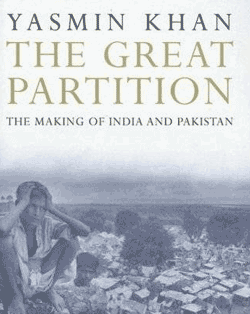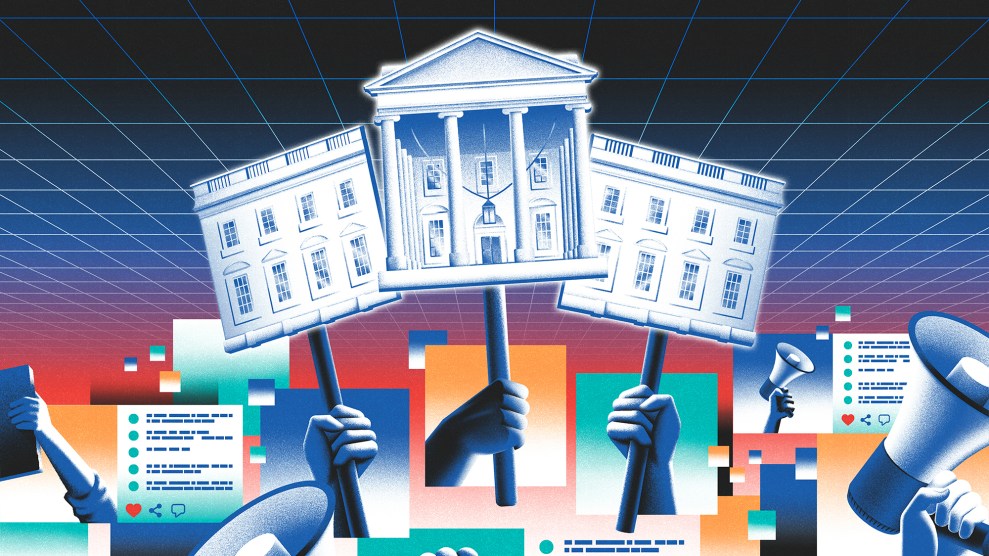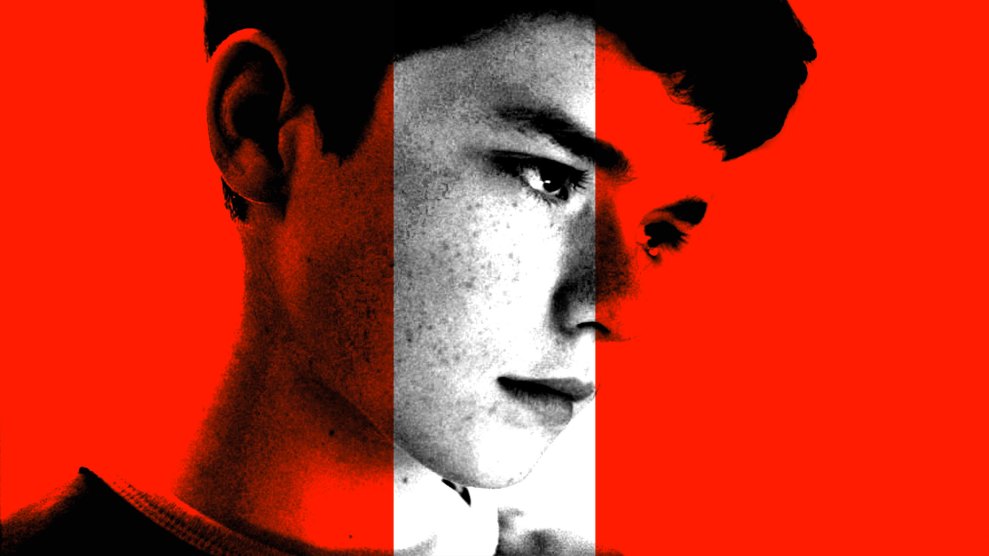
In August 1947, Great Britain relinquished its grip on 1.8 million square miles of the Indian subcontinent. For 400 million newly independent Indians, the twilight of British rule was both liberating and painful: British and Indian politicians had decreed the creation of India and a new nation, Pakistan, based on the notion that Hindus and Muslims were fundamentally incompatible. The result was the division of the subcontinent into two rivals and the largest transfer of population in history. What came to be known as “partition” forced an estimated 15 million people to leave their homes and left as many as 1 million dead.
In The Great Partition: The Making of India and Pakistan, Yasmin Khan, a politics lecturer at the University of London, powerfully captures how this decision affected the lives of ordinary people. Across India and Pakistan, religious cleansing forced people to migrate to the other side. Khan relates one eyewitness account in which a group of Punjabi Muslims who had resisted pressure to go to Pakistan were removed by the military. But many Indians believed that partition would be a temporary measure. Some buried their jewels near their ancestral homes, expecting to return to them once the violence died down. Ultimately, many refugees ended up losing not only their homes and property but loved ones as well. When Prime Minister Jawaharlal Nehru, who had supported partition, visited a squalid refugee camp, an anguished young man slapped his face and yelled, “Give my mother back to me! Bring my sisters to me!” Fikr Taunsvi, a writer in Lahore, witnessed a washerman’s baby progressively sicken from hunger because local shops and hospitals were inaccessible due to communal tensions and a curfew. Angrily, he remarked that politicians should ask “great brains like Jawaharlal Nehru” to put themselves in this illiterate washerman’s shoes and imagine the real effects of partition; once they understood this, he wrote, then they could “request the British to give you freedom” and “demand Pakistan and Hindustan.”
Women in particular became targets of nationalist and religious vendettas. According to official estimates, 83,000 women were abducted by men of other faiths. Around one-third of those “recovered” were girls less than 12 years old. Some had their genitals mutilated and their breasts were often scarred with slogans such as “Pakistan Zindabad” (Long Live Pakistan) and “J’ai Hind” (Victory to India). Some committed suicide to avoid rape and forced conversion. Yet amidst the spectacular atrocities that accompanied partition, there were also moments of extraordinary altruism as people of different faiths hid their neighbors to save them from murderous mobs, often putting their own lives at risk.
Khan argues that partition was not inevitable. The decision to split India is often attributed to the broken relationship between the anti-imperialist Indian National Congress and its former ally, the Muslim League. Initially, the League called for an arrangement that would have allowed Muslims to exercise some autonomy within a federal but united India. But after that proposal failed in 1946, riots broke out in Calcutta. At least 4,000 people died within three days. Khan writes that these killings “reinforced, in a graphic way, the idea that Hindus and Muslims were incompatible, and planted this seed in the minds of the British and Indian policymakers.” Eager to withdraw, the British signed off on a plan to divide the nation.
Khan’s book also illuminates how vague and amorphous the ideas of “India” and “Pakistan” were. Even at the dawn of independence, there was no map showing where the borders of the new states fell. Confusion about citizenship—were all Muslims supposed to be Pakistani, and all Hindus and Sikhs Indian?—further fueled the precariousness of partition.
Partition has been revisited countless times by academics, historians, and politicians without delving into its human side; that’s been largely left to films, literature, and poems. Partition brought into question issues of citizenship, nationalism, religion, and identity and how they can be manipulated by imperial powers and ambitious local politicians. For those who think about breaking up Iraq based on the apparently irreconcilable differences between its sects and ethnic groups, this book provides a moving look at what the balkanization of a nation really means for the people whose lives are uprooted by shifting the lines on a map.












